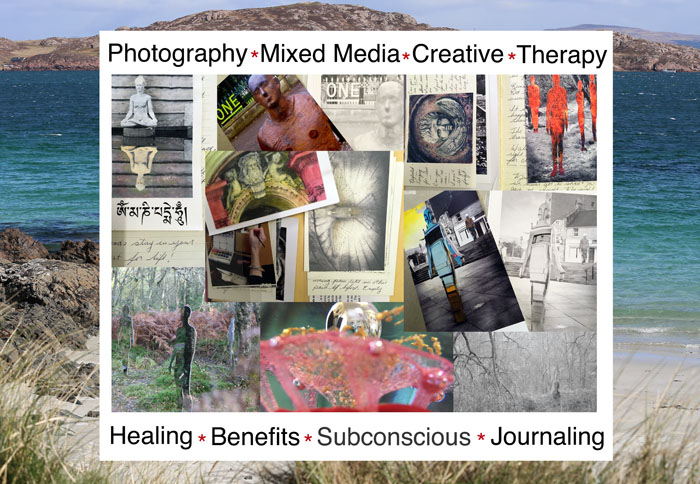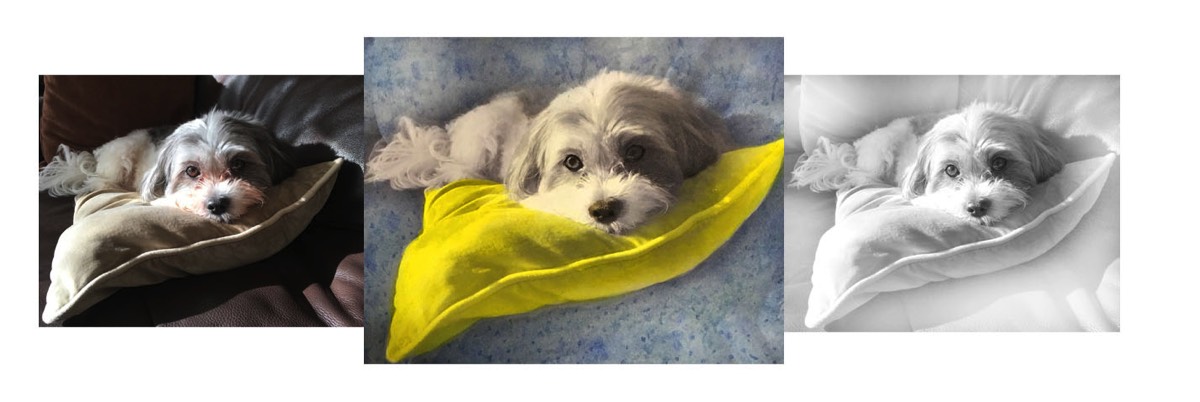Up coming Phototherapy and Yoga Retreat on the 7th of July, 2024
There is an independent process at work in our mind that forms at least part of the foundation upon which perception, cognition, and comprehension are organised. Photography is not just an art form, hobby or career, it is and always has been a universal visual language which opens new and interesting dialogues that touch on deep subconscious emotions that talking alone sometimes can’t reach.

Phototherapy can deepen and enhance insight, understanding, and relationships with others, in ways that words alone cannot do. Not limited to paper, phototherapy techniques can be used with any photographic imagery--including digital/electronic formats, and films.

Each of us has created our own set of filters in which we view the world; our visual constructs of reality. Incorporating photography into counselling sessions helps us to better understand the visual filters you are using. The visual process can be an alternative view in which to seek new strategies and build new thought patterns for success.
Working with photography in a counselling setting has been practiced worldwide for over 40 years. The key to the success of photography in therapy is the experiential process, the process itself is what moves your thoughts and memories forward. By revealing things that are less consciously-evident or verbally accessible we can explore the emotional meaning in the experience which may be “stuck” or causing difficulties.
Working with photography in a counselling setting has been practiced worldwide for over 40 years. The key to the success of photography in therapy is the experiential process, the process itself is what moves your thoughts and memories forward. By revealing things that are less consciously-evident or verbally accessible we can explore the emotional meaning in the experience which may be “stuck” or causing difficulties.

Examples of Phototherapy Techniques Used In Therapy
Projection Technique
Use of Photographs as a Medium for Exploring Your Perception, Values and Expectations. The projection technique of phototherapy includes the active and passive aspects of projecting, decoding and reconstruction of the emotional contents of a photograph, enabling you to construct the meaning and feelings you feel that the certain photograph or scene reflects. They do not have to be photographs of people, but can be photographs of nature, animals and other things that the individual identifies with on a symbolic level.
Every time we step into interaction with a photograph, look at it or talk about it with others, we create its meaning. The meanings we find and the emotions that flow over us when we look at a certain photograph are our unique perception and are not necessarily harmonised with what the person who took the photograph wanted to say. The meaning we find in a photograph springs from ourselves, therefore every photograph bears an infinite number of meanings. Since there is, therefore, no wrong way to interpret a photograph and since every answer is correct, the projection technique is an efficient tool to strengthen us and develop sources of self-awareness and self-esteem. This kind of awareness enables you to learn about yourself and the aspects we usually disregard or at least do not explore. This gives us the possibility of integration and gaining awareness of these feelings.
Photographic Metaphors
Use of Photographs as a Medium of Self-exploration Through Metaphors. The photographs we create or collect are a sort of extension of ourselves, personal constructions of reality in their deepest sense, for they reflect our unique personality. They represent our relationship towards people, places and objects. They reflect our concept, depict our projections and document our perception.
The photographs we create are co-equal to the ones we collect and keep, such as photographs from magazines and calendars, for every one of those is important for us in a way, because we have ascribed meaning to it. Taking photographs can be a conscious decision by the photographer to record a scene, or a much more passive act, when a certain scene stands out and we have a need to "capture" it.
Everything that you share with others about the content of the photograph, about the circumstances in which it was taken, or reasons why you kept it, has a certain meaning for you. This is one of the reasons why such therapy works: you take time to share your story with the others in a safe environment, which makes others and you understand that story better. By creating photographic metaphors, you can explore and open a number of themes; explore your inner self no one else knows, visualise the change you want to achieve, modify your way of perceiving the world ...
Depicting all these themes through metaphors, which makes you feel safer in disclosing your views, instead of feeling threatened. Taking photographs can improve your self-image, help set goals, future desired outcomes, and is at the same time a way to introduce changes into a relationship, explore fantasies and test different forms of communication and the consequences that this brings along.
Family Albums and Autobiographic Collections
Use of Photography as a Medium for Exploration of Photographic Collections. The photographs collected in family albums and other biographical photographs are a special field of phototherapy. The technique that includes family photographs has to do with an individual’s self, which is constructed through the individual’s family, your roots, background, surroundings and social environment and patterns, messages and convictions that have been passed on through generations. Because such a technique includes autobiographic photographs and entire albums, it enables us to explore your role within the complex system that has been accompanying you since birth.
Family albums build a pattern we can explore through non-verbal expression of family ties, interpersonal dynamics and sources of power. Since these are photographs and not paintings, you unconsciously apply to them a reality that a painted portrait does not contain. We look at photographs from the past as true proof of what life was like in those times, because we forget they reflect family identity. Edited Version of Techniques of Phototherapy (Judy Weiser).
We are hosting a Phototherapy and Yoga Retreat on the 7th of July, 2024. For more information please use the link below.